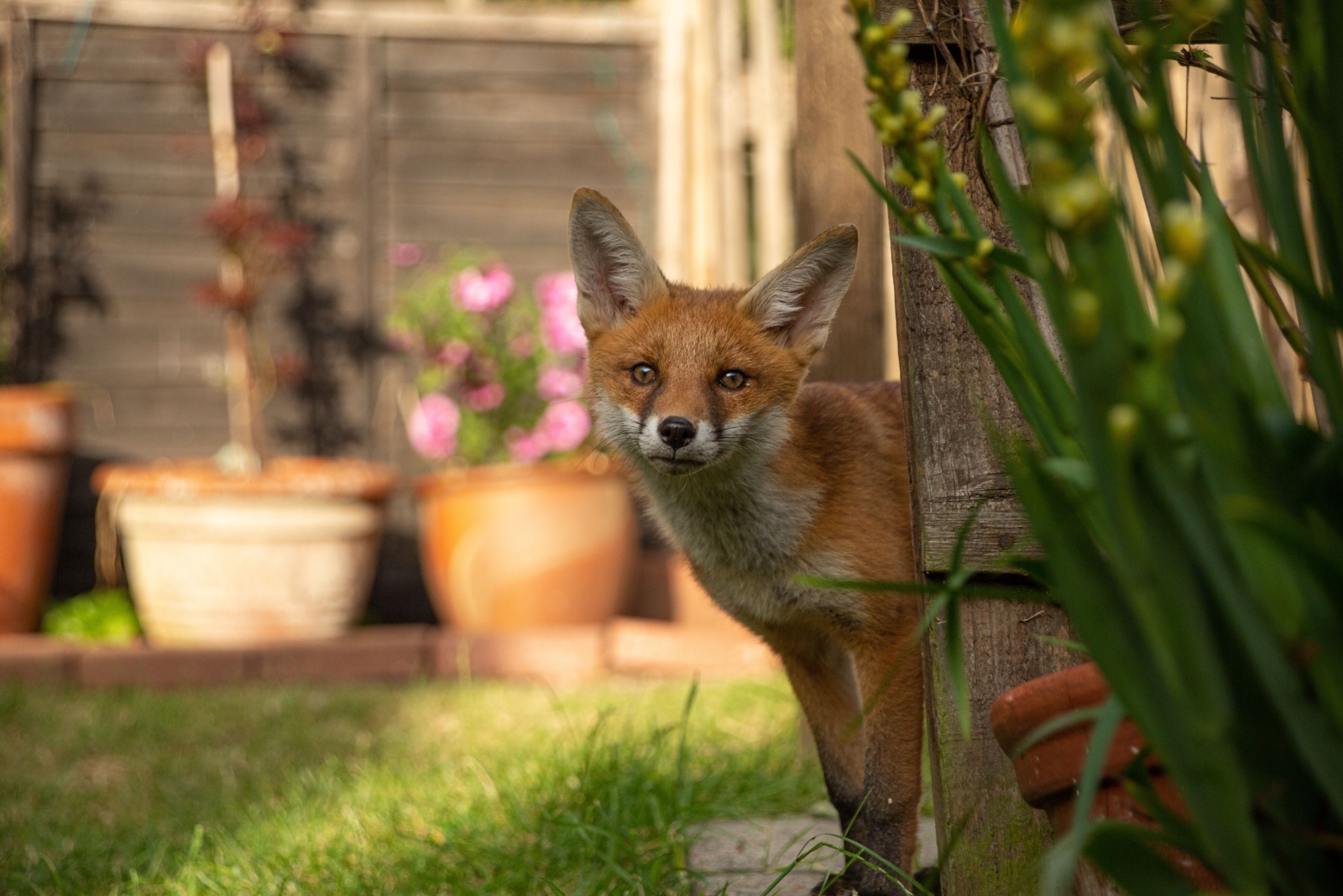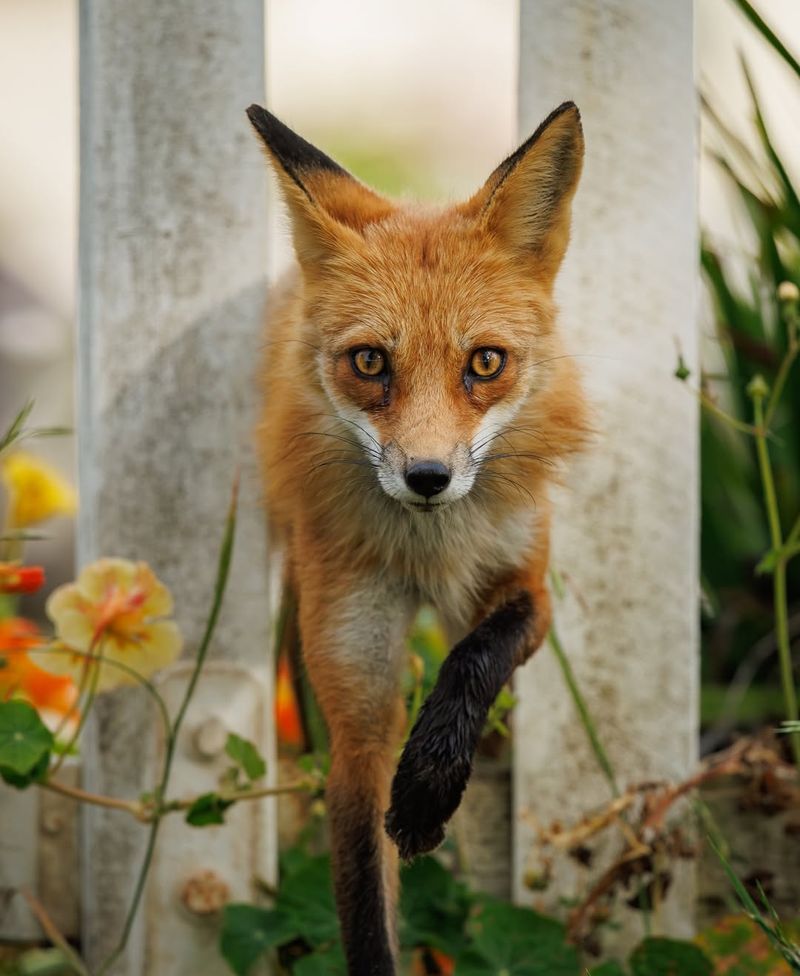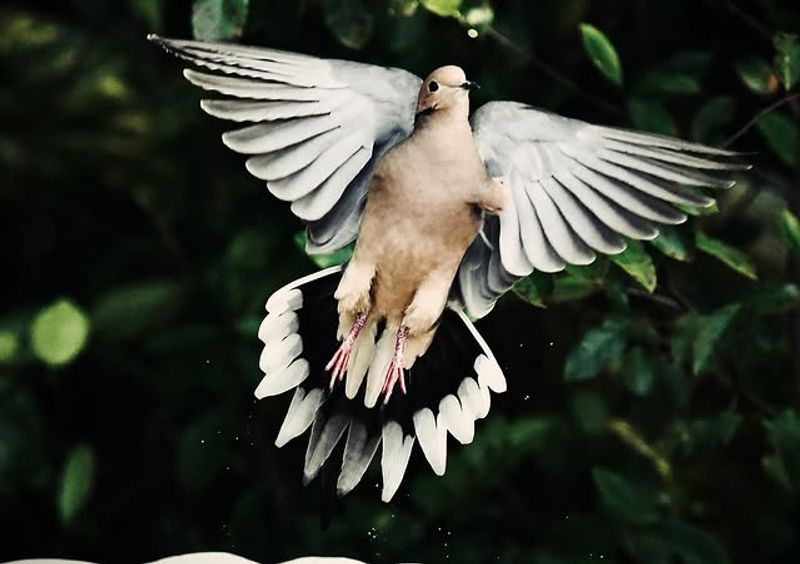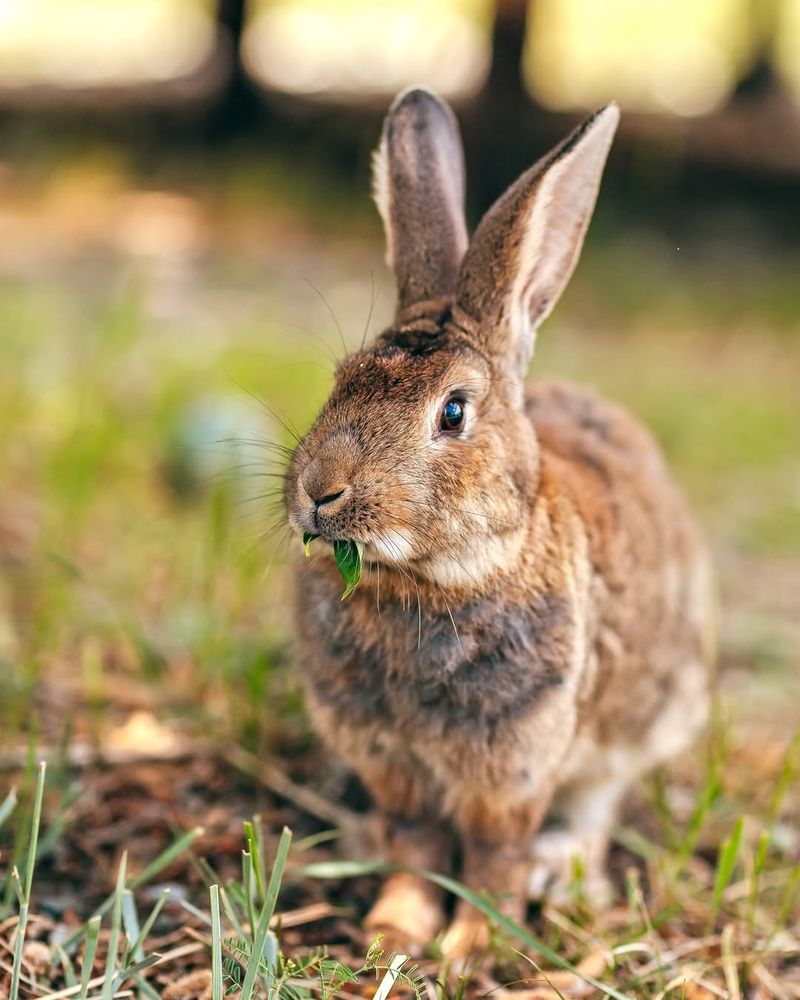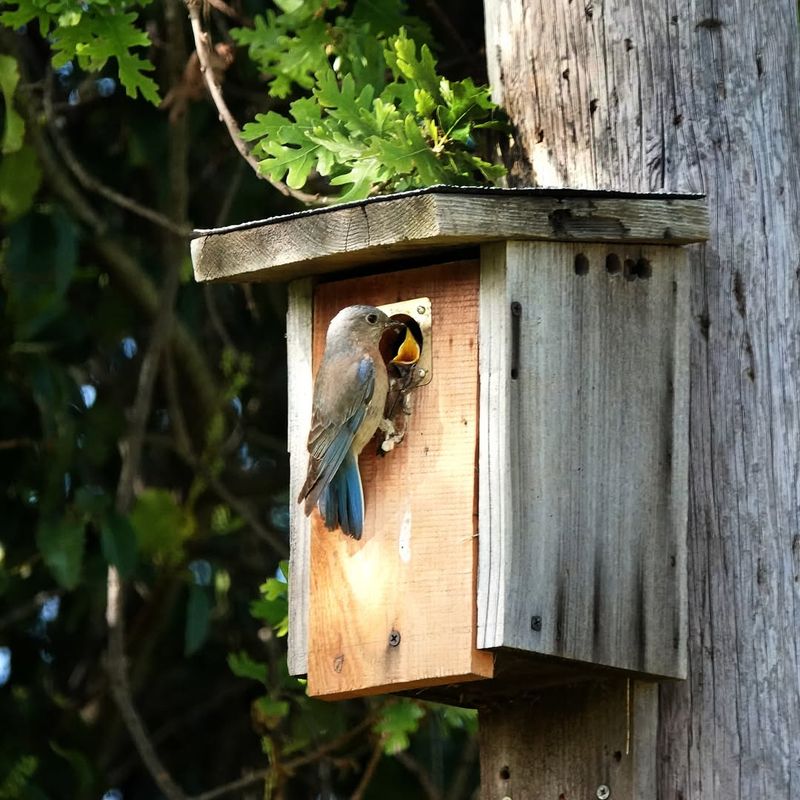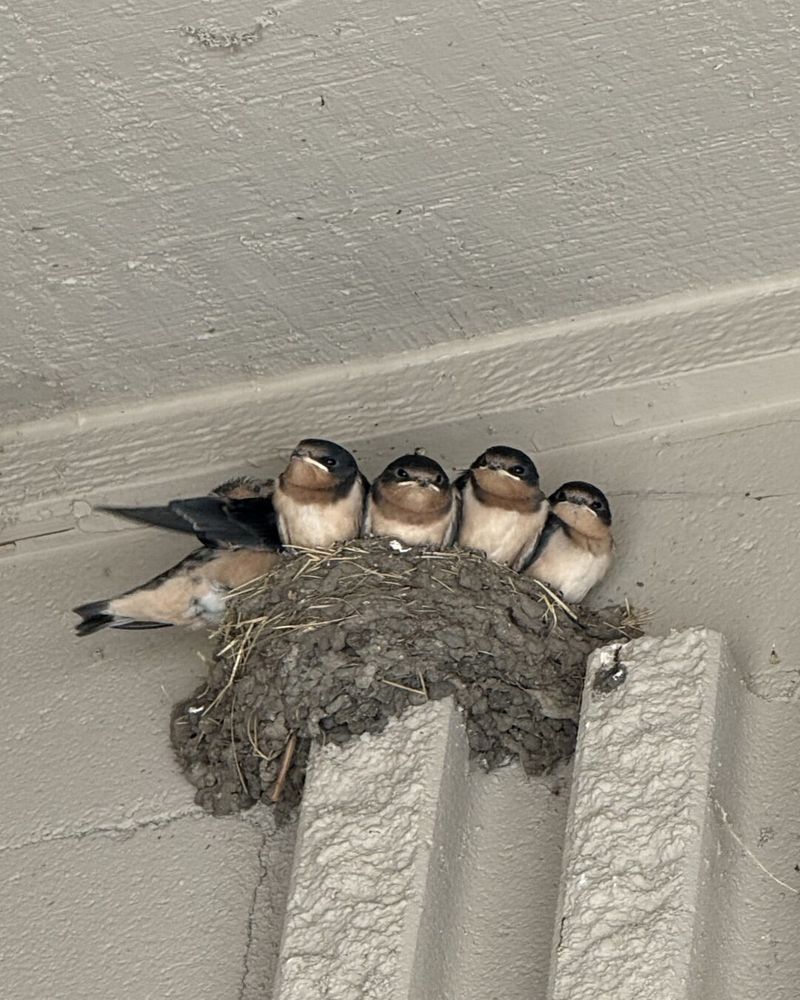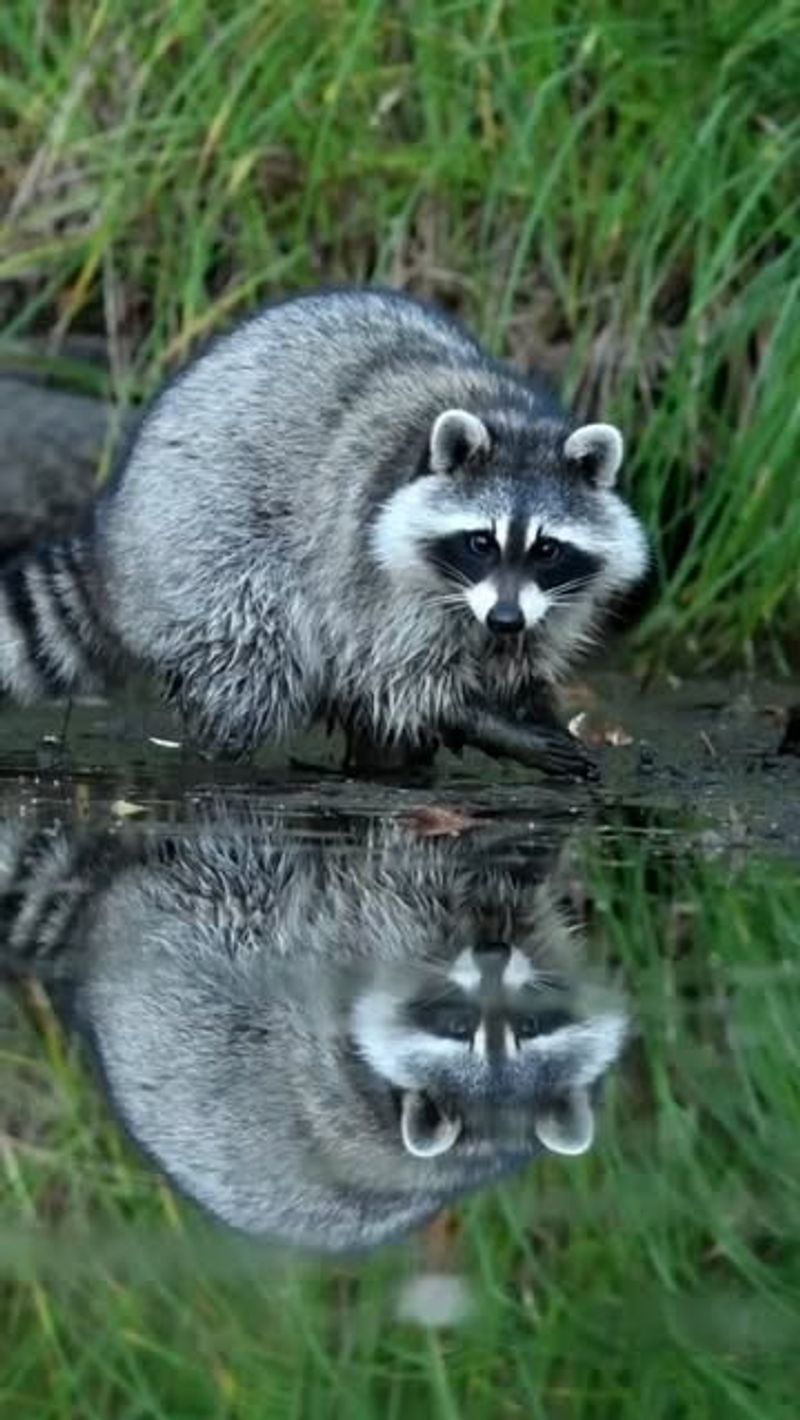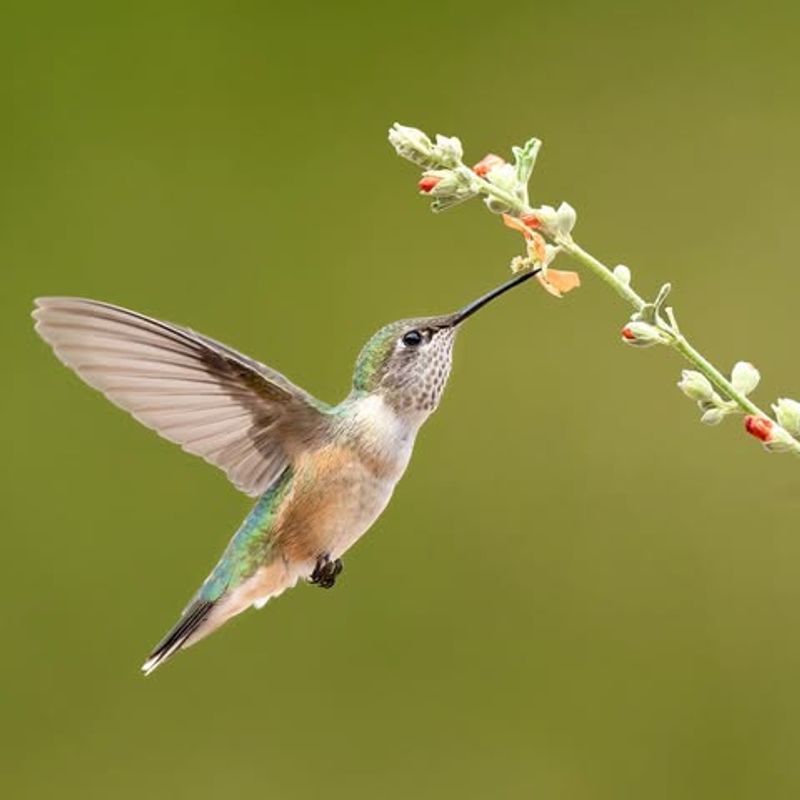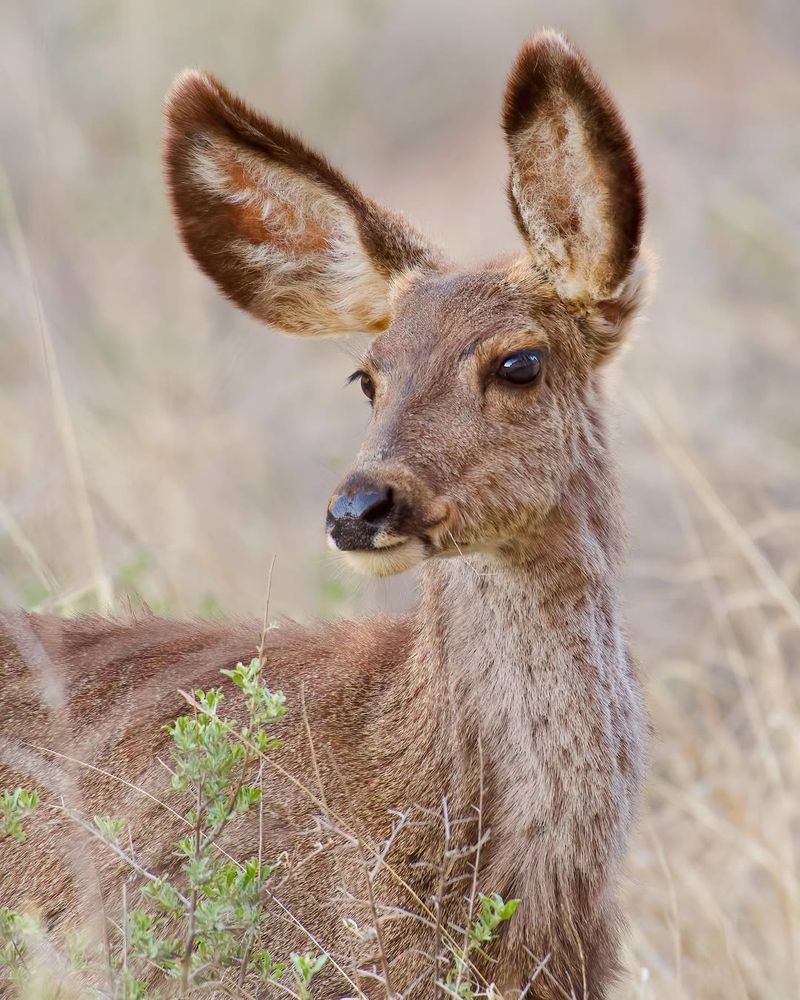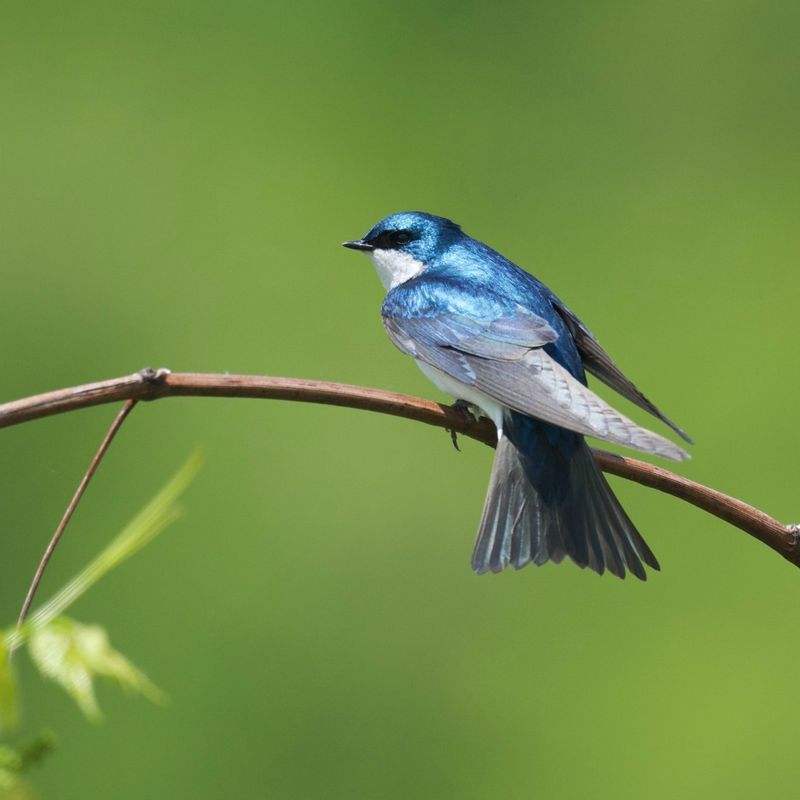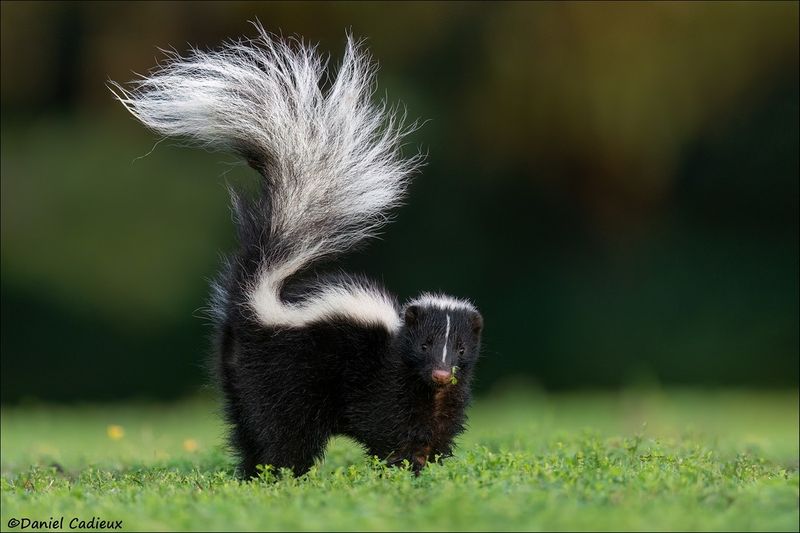Colorado yards are full of surprises, from fluttering songbirds to curious mammals passing through. It’s part of what makes gardening here feel so connected to nature. But many homeowners don’t realize that some of these wild visitors are legally protected.
You can’t always remove or relocate them without running into trouble. I’ve seen well-meaning folks face fines simply for trying to “clean up” their yard. Knowing which animals are off-limits helps you stay compliant and support local ecosystems.
1. American Robin
Spotting a robin hopping across your lawn signals spring has arrived in Colorado. Their cheerful songs fill neighborhoods each morning, making them beloved backyard visitors.
Federal law protects robins under the Migratory Bird Treaty Act, so you can’t disturb their nests or eggs. Even if they build above your door, patience works best until babies leave.
Robins eat tons of insects and worms, naturally controlling pests in your garden without chemicals or traps.
2. Red Fox
With a bushy tail and fiery coat, red foxes occasionally wander through suburban Colorado neighborhoods hunting mice and rabbits. Some homeowners worry about pets, but foxes typically avoid confrontation.
Colorado Parks and Wildlife classifies foxes as protected furbearers, requiring special permits for removal. Trapping or relocating them yourself breaks state regulations.
Securing trash cans and removing outdoor pet food discourages foxes from lingering around your property naturally and safely.
3. Mourning Dove
Listen carefully on summer evenings and you’ll hear the soft cooing of mourning doves echoing through Colorado yards. Their mournful call inspired their name, though they’re actually quite peaceful birds.
Like robins, mourning doves receive federal protection, making nest removal illegal without proper permits. Their flimsy twig nests often appear in hanging baskets or porch ledges.
Waiting a few weeks allows dove chicks to fledge naturally, solving the situation without breaking any wildlife laws.
4. Cottontail Rabbit
Cottontails nibble on garden vegetables and flowers, frustrating many Colorado homeowners who work hard on landscaping. Their rapid reproduction means one rabbit quickly becomes many.
Colorado wildlife regulations prevent you from trapping or relocating rabbits without authorization from Parks and Wildlife officials. Lethal removal also requires proper licensing.
Installing chicken wire fencing around gardens offers effective protection while respecting wildlife laws and keeping your plants safe from hungry bunnies.
5. Western Bluebird
Brilliant blue feathers make western bluebirds stand out against Colorado’s landscape, especially when they nest in backyard birdhouses. Watching them raise families brings joy to many homeowners.
Federal protections cover all native songbirds, including bluebirds, preventing nest disturbance during breeding season. Removing active nests results in serious penalties.
Providing proper nesting boxes with correct entrance holes attracts bluebirds while giving them safe spaces away from your main living areas.
6. Black Bear
Black bears roam down from mountain areas searching for easy meals, sometimes ending up in Colorado neighborhoods. Bird feeders, grills, and garbage bins attract these powerful animals surprisingly close to homes.
State law strictly prohibits harming or relocating bears without wildlife officer assistance. Only trained professionals can safely handle bear situations.
Removing food sources and securing trash prevents bear visits more effectively than any other method, keeping both families and bears safer.
7. Barn Swallow
Barn swallows build distinctive mud nests under eaves and garage overheads, sometimes creating messy situations for Colorado homeowners. Their acrobatic flying skills impress as they catch insects mid-flight.
Federal law prevents removing barn swallow nests once eggs or babies appear inside them. Destroying nests brings potential fines and legal consequences.
Installing deterrents before nesting season starts works best, encouraging swallows to build elsewhere while respecting migration patterns and legal requirements.
8. Raccoon
Clever and curious, raccoons figure out how to open latches, flip lids, and access almost any food source around Colorado homes. Their nighttime activities often surprise homeowners who discover morning messes.
Colorado classifies raccoons as protected furbearers, meaning homeowners need permits before trapping or removing them from properties. Improper handling violates state regulations.
Using secure trash containers and eliminating pet food outdoors discourages raccoon visits naturally without requiring professional removal services.
9. Hummingbird
Tiny hummingbirds zip around Colorado gardens, their wings beating so fast they create a humming sound. Watching them hover at flowers or feeders captivates people of all ages.
All hummingbird species receive federal protection under migratory bird laws, prohibiting any harm or nest disturbance. Even relocating feeders during nesting requires careful timing.
Maintaining clean feeders with fresh sugar water supports these incredible birds while enjoying their presence legally throughout warm Colorado months.
10. Mule Deer
Mule deer wander through Colorado neighborhoods regularly, munching on shrubs and flowers that homeowners carefully planted. Their large ears give them excellent hearing, making them difficult to surprise.
State wildlife laws protect deer from harassment or unauthorized removal by property owners. Only licensed professionals can handle deer relocation under specific circumstances.
Planting deer-resistant species and using approved repellents protects landscaping while coexisting peacefully with these majestic animals in shared spaces.
11. Tree Swallow
Iridescent feathers shimmer as tree swallows dart around Colorado yards catching flying insects. Birdhouses attract these beneficial birds, though some homeowners worry about droppings and noise.
Like other migratory birds, tree swallows enjoy federal protection preventing nest removal during breeding season. Violating these protections carries monetary penalties.
Positioning nest boxes away from main outdoor living spaces allows you to enjoy tree swallows while minimizing inconvenience during their nesting period.
12. Striped Skunk
Nobody wants a skunk encounter in their Colorado yard, especially considering their infamous defensive spray. These black and white mammals dig for grubs and sometimes take up residence under porches or sheds.
Colorado regulations classify skunks as protected animals requiring proper permits for trapping and removal by homeowners. Improper handling risks legal trouble and unpleasant odors.
Blocking access points under structures and eliminating grub problems naturally encourages skunks to relocate without confrontation or wildlife violations.

